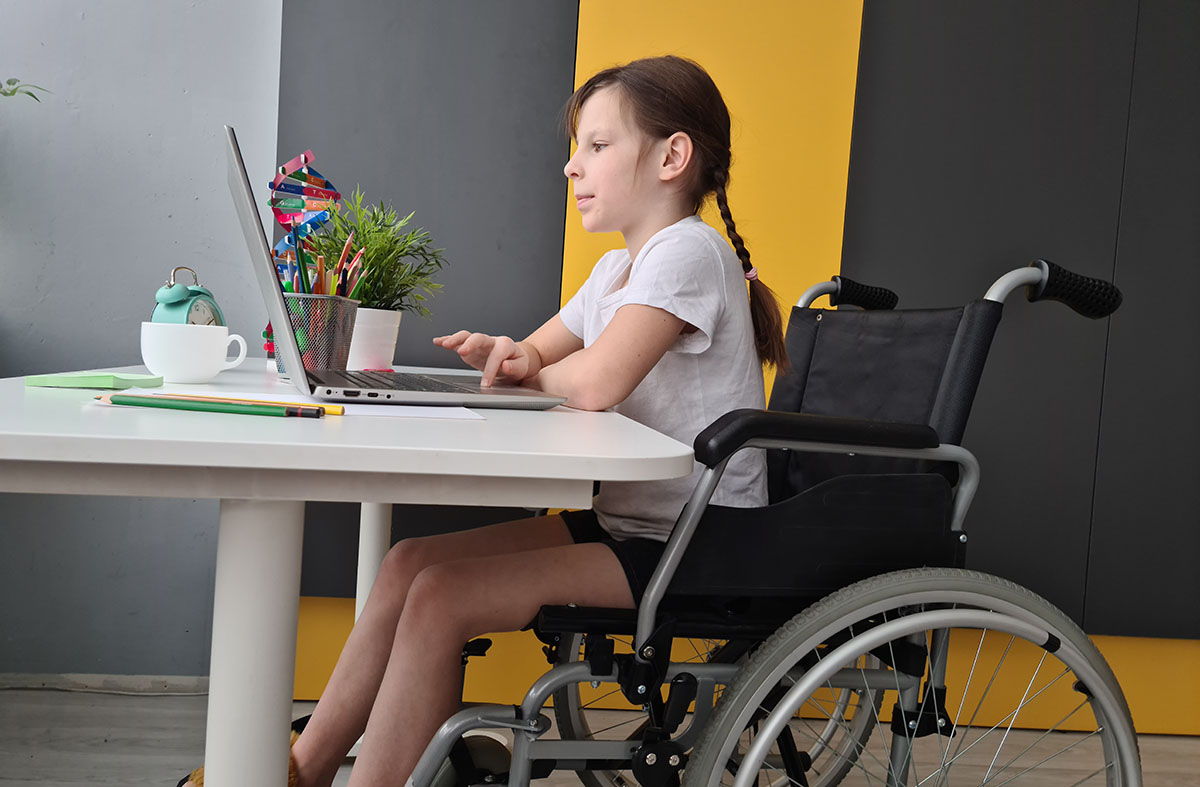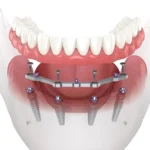
Securing Compensation for Cerebral Palsy from Birth Trauma: A Comprehensive Guide
Understanding Cerebral Palsy and Birth Trauma
Cerebral palsy (CP) is a neurological disorder caused by abnormal brain development or damage occurring before, during, or shortly after birth. Birth trauma leading to CP often results from medical negligence.
What Is Cerebral Palsy?
Cerebral palsy affects muscle coordination, movement, and posture, impacting a child’s ability to perform everyday activities. This condition is classified into several types, including spastic, athetoid, and ataxic CP, based on the muscle movements involved. Symptoms, such as muscle stiffness, uncontrollable movements, and balance issues, can vary widely.
Causes and Risk Factors of Birth Trauma
Birth trauma occurs due to complications during labor or delivery, potentially leading to cerebral palsy. Major causes include oxygen deprivation (perinatal asphyxia), head injuries from forceps or vacuum extractors, and infections passed from mother to child in the womb. Additional risk factors involve prolonged labor, premature birth, and having a low birth weight. Proper prenatal care and medical intervention can help mitigate these risks.
Legal Grounds for Compensation
Legal compensation for cerebral palsy caused by birth trauma often revolves around proving medical malpractice and negligence. It’s crucial to understand the legal grounds to build a compelling case.
Medical Malpractice
To secure compensation, evidence of medical malpractice must be presented. Medical malpractice occurs when healthcare providers fail to meet the standard of care expected, leading to injury. In cerebral palsy cases, this means demonstrating that actions or omissions during prenatal, delivery, or postnatal care directly resulted in the child’s condition. For instance, failing to monitor fetal distress, mishandling delivery instruments, or not performing a timely C-section are potential grounds.
Negligence Claims
Negligence claims require showing four key elements: duty, breach, causation, and damages. First, healthcare providers have a duty to care for the mother and child. If they breach this duty by acting in ways that deviate from accepted practices, and this breach directly causes harm resulting in cerebral palsy, they can be held liable. Damages in these cases include medical expenses, ongoing care costs, and other related financial burdens. Examples of negligence include not addressing maternal infections or ignoring fetal monitoring warnings.
Steps to Take Following Birth Trauma
After birth trauma resulting in cerebral palsy, taking specific steps is crucial for securing compensation.
Documenting the Incident
Accurate documentation is vital immediately following the incident. Record all medical records, including labor and delivery notes, fetal monitoring data, and any interventions performed. Include photographic evidence of injuries if possible. Document any statements made by the medical staff and keep track of any follow-up treatments. Every detail can be significant in proving negligence.
Consulting Medical Experts
Seek consultation with medical experts specializing in birth injuries. These professionals can provide an objective assessment of the medical records and determine if negligence occurred. Their evaluations can help in understanding the extent of injuries and their impact. Medical expert testimony often plays a central role in legal proceedings, establishing a direct link between the birth trauma and cerebral palsy.
Building a Strong Legal Case
Finding the Right Lawyer
Selecting a lawyer with experience in birth injury cases is critical. Specialized attorneys understand medical-malpractice complexities and have resources to support your claim. Look for a track record of successful cerebral-palsy cases, client testimonials, and relevant certifications. An initial consultation can help assess the lawyer’s expertise and approach.
Collecting Evidence
Thorough documentation strengthens legal claims. Medical records, birth-related reports, and expert opinions form the foundation. Key items include:
- Medical Records: Prenatal visits, delivery notes, and postnatal care details.
- Fetal Monitoring Data: Heart rate and oxygen levels during labor.
- Expert Testimonies: Opinions from specialists linking birth trauma to cerebral palsy.
- Witness Statements: Accounts from hospital staff and attending doctors.
Accurate, comprehensive evidence establishes connections needed for successful claims.
Filing a Claim
After gathering evidence, filing a claim within the statute of limitations is essential. Legal proceedings involve:
- Initial Filing: Submit a detailed complaint outlining negligence and resultant harm.
- Pretrial Discovery: Exchange evidence with the defendant, including depositions and documents.
- Settlement Negotiations: Attempt to resolve before trial; many cases settle at this stage.
- Trial Preparation: If no settlement, prepare for court with witness lists, testimonies, and exhibits.
Adhere to legal timelines and work closely with legal counsel for a meticulous, timely claim.
Potential Compensation and Its Impact
Securing compensation for cerebral palsy caused by birth trauma could significantly alleviate financial and emotional burdens. This section explores various types of compensation and their potential benefits for affected families.
Types of Compensation Available
Families may receive several forms of compensation, aiding in the support and care of children with cerebral palsy.
- Medical Expenses:
- Immediate Costs: Covers hospital stays, surgeries, and initial treatments.
- Long-term Care: Includes ongoing physical, occupational, and speech therapy.
- Non-Economic Damages:
- Pain and Suffering: Compensation for emotional distress and loss of quality of life.
- Loss of Consortium: Provides compensation for the impact on family relationships.
- Special Education and Assistive Devices:
- Educational Costs: Supports specialized schooling and learning aids.
- Adaptive Equipment: Covers wheelchairs, communication devices, and home modifications.
- Lost Wages and Earning Capacity:
- Parental Income: Addresses income lost when parents must become caregivers.
- Future Earnings: Compensates for the child’s reduced earning potential.
How Compensation Can Aid in Care and Support
Compensation plays a crucial role in ensuring comprehensive care and support.
- Enhanced Medical Care:
- Specialized Treatment: Access to top-tier medical professionals and cutting-edge therapies can be funded.
- Mental Health Services: Provides psychological support for both the child and family members.
- Improved Quality of Life:
- Home Modifications: Enables the family to adapt living spaces for the child’s needs.
- Recreational Activities: Participation in activities designed for children with disabilities can be supported financially.
- Legal and Administrative Assistance:
- Legal Costs: Covers expenses related to securing the compensation itself, including attorney fees.
- Advocacy and Resources: Funds various advocacy groups and resources for continuous support.
By understanding the types of compensation and their potential impact, families can better navigate the complexities of securing adequate financial support for children with cerebral palsy caused by birth trauma.
Real-Life Case Studies
Examining real-life case studies offers valuable insights into securing compensation for cerebral palsy caused by birth trauma. These stories highlight successful outcomes and important lessons.
Success Stories
Case 1: Failure to Monitor Fetal Distress
In one case, a woman experienced prolonged labor with clear signs of fetal distress. The medical team failed to monitor the baby’s heart rate adequately. The baby was born with cerebral palsy due to oxygen deprivation. The family sued for medical malpractice, presenting detailed fetal monitoring data, expert testimony, and comprehensive medical records. They won a substantial settlement covering lifelong care expenses.
Case 2: Misuse of Delivery Instruments
Another case involved the improper use of forceps during delivery, leading to significant head trauma for the newborn. The family’s legal team gathered evidence including delivery room photos and testimonies from other medical staff. The court found the physician’s handling negligent, resulting in a multimillion-dollar award for the child’s ongoing medical needs and therapy.
Case 3: Untreated Maternal Infection
A third case centered on a mother who had an untreated infection during pregnancy. The infection led to complications during childbirth, causing the baby to develop cerebral palsy. The family’s medical experts linked the infection directly to the birth trauma. They secured compensation that covered specialized educational programs and assistive technology for the child.
Lessons Learned
Importance of Medical Records and Monitoring Data
Success in securing compensation often hinges on the quality and completeness of medical records and monitoring data. Accurate documentation serves as key evidence in proving negligence and causation.
Role of Expert Testimonies
Expert testimonials play a critical role in establishing the link between the birth trauma and cerebral palsy. Medical experts provide authoritative evaluations that can substantiate claims and offer clarity on the standards of care.
Prompt Legal Action
Taking prompt legal action is crucial due to statutes of limitations. Delays can hinder the collection of evidence and weaken the case. Families should contact experienced legal counsel as soon as possible post-incident.
Comprehensive Documentation
Detailed documentation, including labor and delivery records, diagnostic images, and any communication with medical professionals, strengthens the case. Such evidence is pivotal in demonstrating the breach of the standard of care.
Utilizing Specialized Legal Expertise
Families benefit from selecting lawyers with specific experience in birth injury cases. Specialized legal expertise ensures a thorough understanding of medical malpractice litigation intricacies, enhancing the likelihood of a favorable outcome.
These real-life cases and lessons underscore the importance of meticulous preparation and expert collaboration in securing compensation for cerebral palsy caused by birth trauma.
Further Reading
- JJS Law
- Cerebral Palsy Guide
- Stanford Childrens Hospital
- Lubin and Meyer
- United Cerebral Palsy
- CDC
- Levin and Perconti
- Birth Injury Center


















